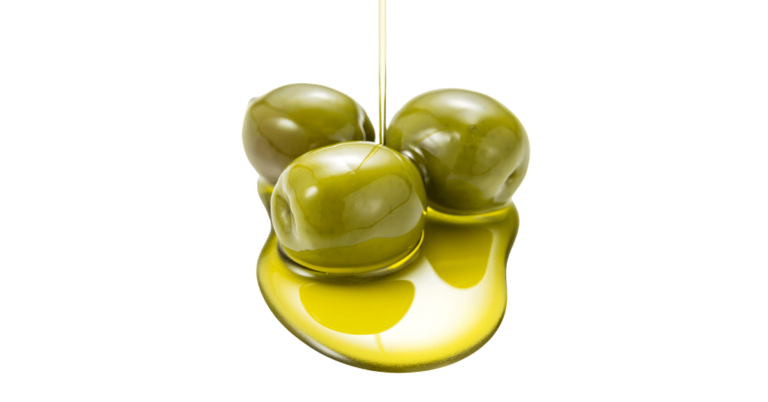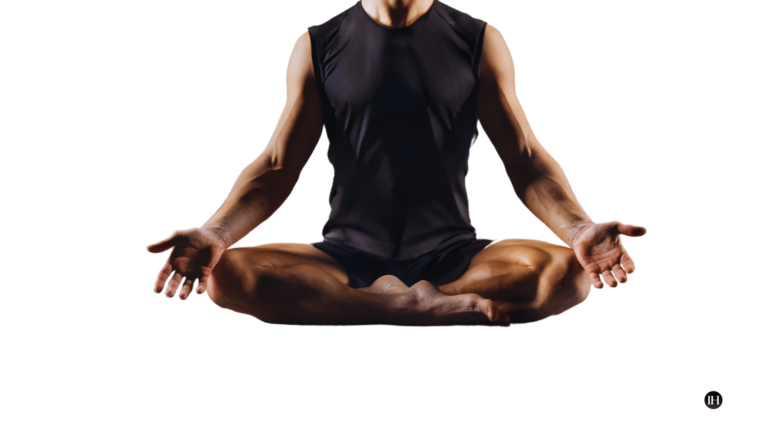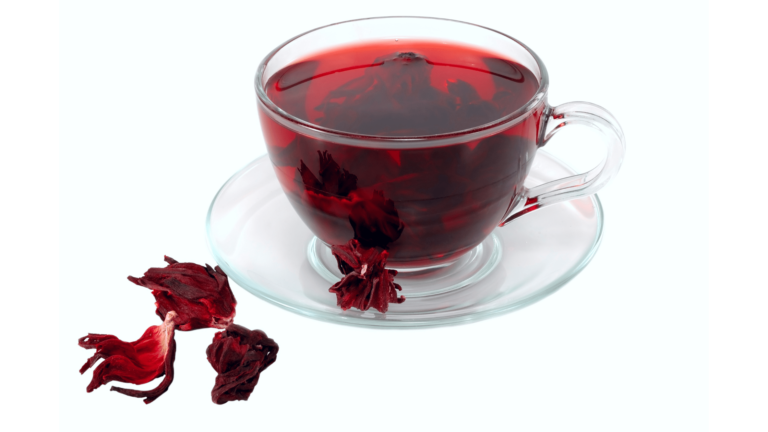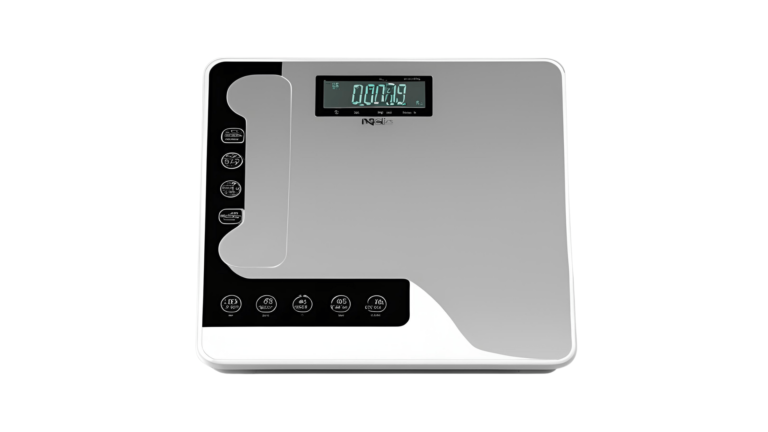Running, Metabolic Conditioning: Better Holistic Method
Running and endurance exercises have long been associated in classical sciences with promoting vitality and better ageing effects, historically and universally contributing to physical, mental, and energy well-being.
The holistic run involves multidimensional coordination and complete physical, mental, and energy alignment. The emphasis is not just on the physical aspects of the body but also on its integration of inner and outer facets, creating a unified force.
Running is also considered a metabolic exercise as it significantly increases metabolic rate. Subsequently, a foundational grasp of efficient exercise is essential, encompassing the physiological and biochemical aspects involving the body’s internal chemistry and physical adaptations.
These can be helpful markers of practical, efficient and optimal training.
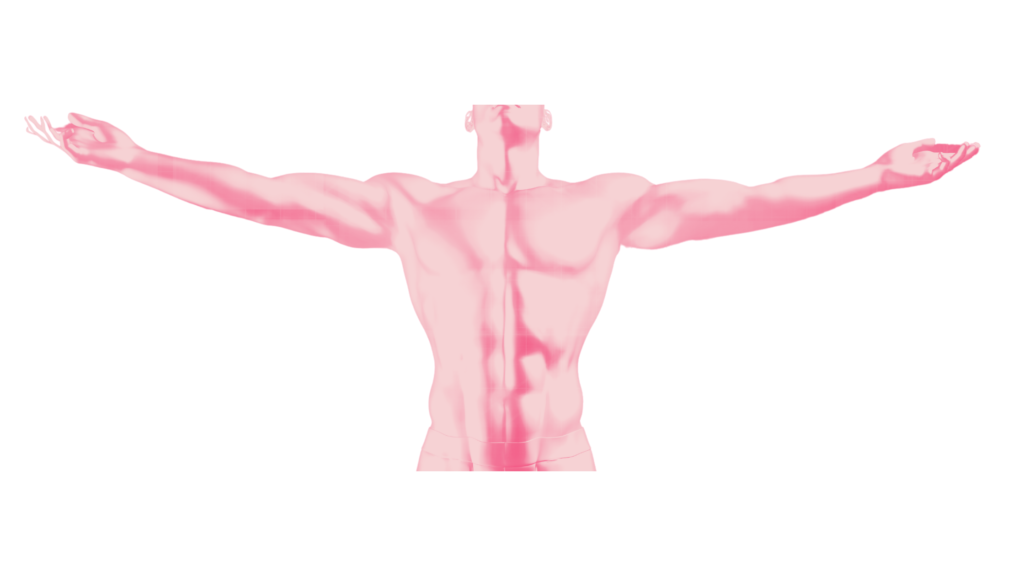
Subsequently, reputable sources recognise that even running between 5 -15 minutes a day at slow speeds (<6 mph) may help maintain optimal well-being.
Furthermore, running is an endurance performance associated with several “life-bettering” effects.
For example, a study by Carapeto and Aguayo-Mazzucato (2021) examined the effects of exercise on cellular and tissue ageing, demonstrating its potential as a lifestyle intervention with anti-ageing benefits.
Key Points
This article overviews endurance exercise, such as running with the following key points;
- Running and its therapeutic implications for strength and longevity. These forms of exercise are linked to counteracting several hallmarks of ageing, including senescence, age-associated inflammation, and other factors.
- The classical approach to physical exercise points to the fine line between pushing a particular limit to the negative as opposed to optimising and applying better methods based on individual suitability and health status.
- The impact of excessive endurance exercise and the importance of therapeutic nutrition in aiding the body’s recovery.
- For an exerciser or frequent runner, maintaining the optimal balance of physical endurance and visceral well-being can benefit from a holistic approach.

Running Or Endurance Exercise
Running is a form of locomotion that allows humans and animals to move swiftly by taking rapid steps. It is a natural activity that requires the coordination of various muscles, joints, and limbs to propel the body forward.
Endurance or aerobic exercise is a physical activity that improves the body’s ability to sustain prolonged effort. It also involves the capacity of the cardiovascular system to deliver oxygen to the muscles during sustained physical activity.
Subsequently, running increases the metabolic rate by increasing the body’s energy demand, leading to higher oxygen consumption and caloric expenditure. Thus, it is a highly effective metabolic exercise with the proper method.
The Phenomenon Of Being Airborne
When an individual is running, there is a moment during each stride when both feet are off the ground. This occurs because of the propulsion generated by the push-off from one foot and the forward momentum of the body.
As a result, the individual experiences a brief moment of being airborne, even if it is only for a fraction of a second, before the next foot makes contact with the ground.
This phenomenon showcases the dynamic and powerful nature of human movement during running.
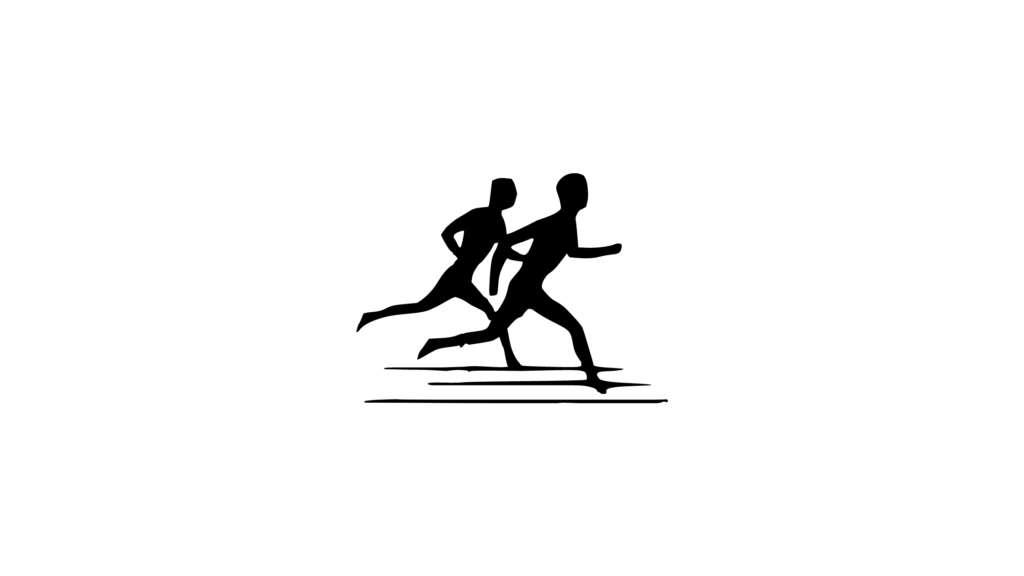
A Source Of Holistic Inspiration
It also acts as a source of inspiration on the psychological level and in terms of the human spirit. And most importantly, the source of inspiration is oneself to nature, making it an organic and holistic experience.
This is partially due to the freedom giving action of this movement and essentially the experience of the sensation of weightlessness or floating, a result of equilibrium between gravitational force and other forces acting on the body.
Level & Purpose
Professional athletes who run for their profession have specific needs. Their body composition and needs differ significantly from that of an active runner, for example, someone who runs around 2.5 hours a week.
In this context, the article focuses on regular exercisers or runners who exercise approximately 2.5 to 6.5 hours per week, occasionally referring to athlete requirements to better understand.
Distinguishing Between Levels & Needs
Campa and Coratella (2021) discussed the significance of distinguishing between athletes and non-athletes when assessing body composition.
They highlighted the importance of this differentiation in their article “Athlete or Non-athlete? This Is the Question in Body Composition” published in Frontiers in Physiology, stating that, “an exerciser engages in >2.5 h/week of physical activity with the primary aim to maintain health and fitness status.”
Based on the individual’s level, it is essential to consider that the approach and necessary level of comprehensiveness for running depend on an individual’s level of exercise.
Therefore, pre-during-post exercise regimes involving preparation, form, hydration, diet and recovery better align with the level of need.
Example
An athlete in professional training requires higher levels of hydration than someone who runs every other day for 30 minutes. Therefore, applying the same hydration levels to both individuals as a “blanketed approach” may result in dehydration or overhydration.
Furthermore, several other factors influence an individual’s integral hydration levels. Correct hydration also plays a role in metabolic efficiency, which may indirectly influence the quality of one’s run.
Metabolic Rate
Additionally, running is also recognised as a metabolic and endurance exercise.
Metabolic rate refers to the rate at which the body uses energy and burns calories. Regarding running, metabolic rate is crucial in determining how efficiently the body can generate power.
It influences calorie burn, endurance, and overall performance during running activities.
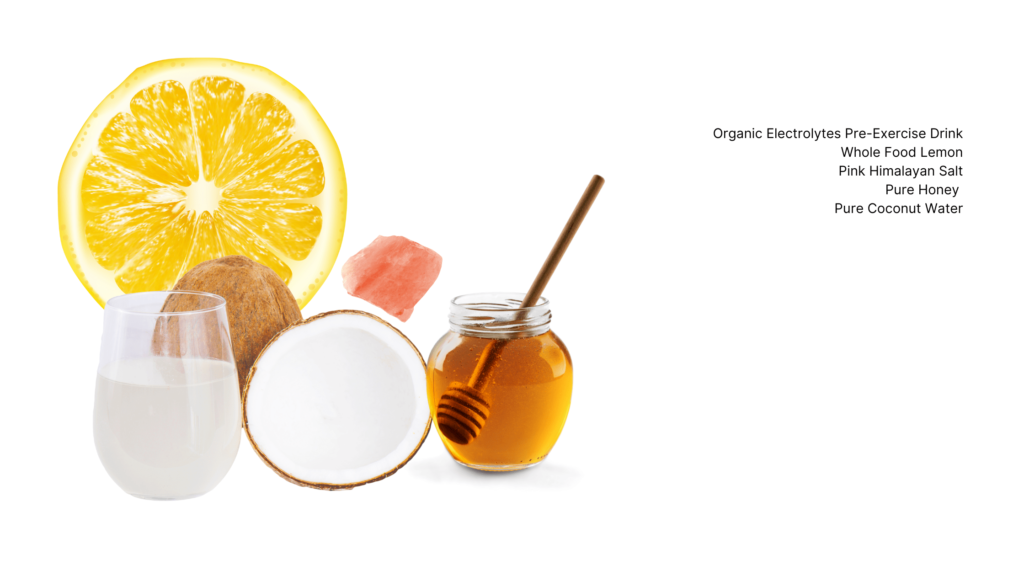
Hydration’s Major Role In Running Or Endurance Exercise Efficiency
Correct hydration acts as a sort of lubricant for endurance and performance exercise.
Improper hydration, when experienced at moderate-to-severe levels, it degrades exercise performance and may lead to dehydration-related issues such as low serum sodium concentration (Armstrong, 2021).
Endurance exercises such as running, high-intensity aerobics, and weight training cause the body to expend moisture through sweat. The subsequent effect on hydration levels can impact the body’s performance during these types of exercises.
Decreased hydration levels due to water expenditure through sweat can contribute to temporary constriction and contraction of muscle tissues and joints. This may impact flexibility, mobility, and overall physical performance during and immediately after exercise.
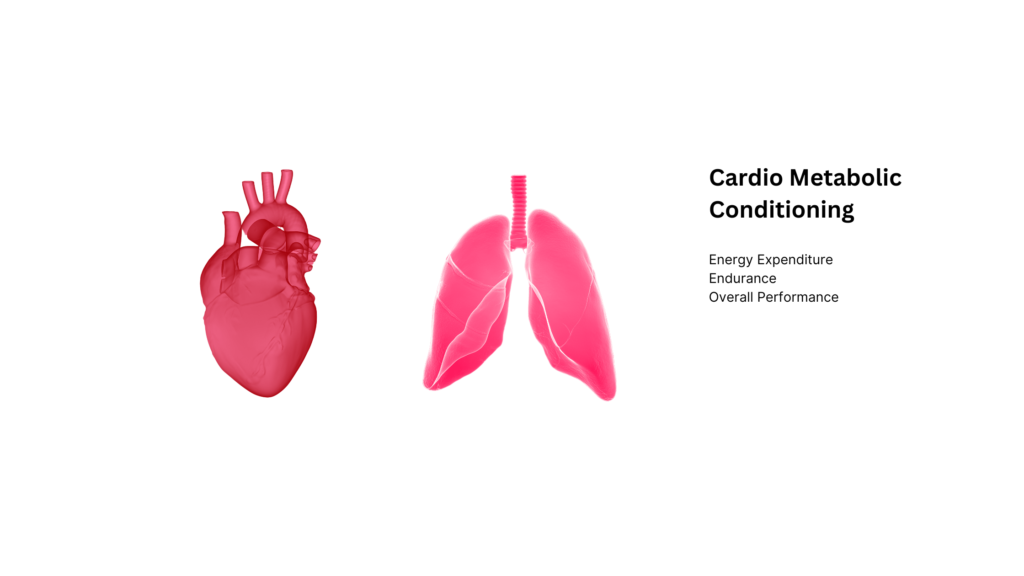
Total Body Water: Bioelectrical impedance analysis scales
According to Campa and Coratella (2021), athletes are expected to have higher muscle mass and a specific ratio of intracellular to extracellular water, known as “total body water.”
Intracellular water is inside cells, while extracellular water is outside cells. Hydration is critical in maintaining the balance between these two compartments, influencing overall bodily function. Adequate hydration supports healthy intracellular and extracellular water levels, which can impact muscle function and mass.
When properly hydrated, muscles can function optimally, aiding in muscle growth and overall muscle quality.
Bioelectrical impedance analysis scales
Total body water still matters, even for active runners who aren’t professional athletes. Staying well-hydrated is key to overall health and performance.
One way to assess total body water domestically is to use a bioelectrical impedance analysis (BIA) scale. These scales send a low-level electrical current through the body to estimate body water percentage.
However, it’s important to note that these domestic methods may not be as accurate as professional medical assessments.
Case Study: Personalised Hydration Requirements of Runners
According to Cheuvront, S. N., & Kenefick, R. W. (2022), the characterisation of sweat losses, sweat rate, and required drinking among runners in this study indicate wide individual variability that warrants personalised hydration practices, particularly when running is prolonged (>60 min) and performance is important.

Hydration of 500 to 600 ml of clean source pure mineral water or organic electrolyte water may be consumed 2-3 hours before an intense regime, Judge et al. (2021) or according to bodily needs.
Classical Perspective: The Holistic Run
“Pushing boundaries through an optimized approach while aligning the body with the mind.
A holistic run involves running for the entire body and mind. While running, focusing on the interconnectedness of physical, mental, and emotional aspects for overall well-being.
Ayurveda recognises that the human body is a complex system of physical, mental, and energy phenomena. Therefore, the body needs physical movement, which acts as a lubricant or activator for longevity and good health.
The physical aspect also includes several types of energy, including kinetic energy, potential energy, thermal energy, and chemical energy.
Holistic Run Engages Various Forms of Energy
Running is a dynamic physical activity that engages various forms of energy.
Potential & Kinetic Energy
When we run, our bodies convert potential energy stored in our muscles into kinetic energy to propel ourselves forward.
Thermal Energy
Additionally, running generates thermal energy as our muscles work and our body temperature rises. Moreover, our bodies use chemical energy from food to power our muscles during the run.
Chemical Energy
Furthermore, chemical energy is also developed within the body from the secretions that occur when the body is undergoing running, contributing to the overall energy dynamics involved in this physical activity.
Essentially, running is a holistic exercise that involves utilising kinetic energy, potential energy, thermal energy, and chemical energy, both from external food sources and internal secretions within our body.
Complete Upper & Lower Body Coordination
It involves the movement of the lower body, engages the core muscles for stability, and requires the upper body’s coordination for balance.
This comprehensive engagement of various body parts sets running apart as an exercise that involves a high degree of body movement and engagement.
A Holistic Anti-Ageing Approach
Furthermore, running is a high-impact, full-body exercise that engages multiple muscle groups and has cardiovascular benefits. The impact and running technique levels are adjustable and can be personalised based on individual levels.
The following section examines a few relevant case studies regarding the overall influence of exercise on longevity.
1. Sirtuin-1 (SIRT-1) Stimulating Effects
According to (Radak et al., 2020), in “The systemic role of SIRT1 in exercise mediated adaptation,”
SIRT1 has emerged as an active regulator of muscle repair and hypertrophy. Regular exercise rejuvenates ageing skeletal muscle partly because it strongly stimulates SIRT1.
Sirtuin 1 is a protein involved in various cellular processes, including DNA repair, inflammation, metabolism, and stress resistance. It is known for regulating the aging process and promoting longevity.
2. Cellular Senescence
Similarly, according to Carapeto and Aguayo-Mazzucato (2021), Cellular senescence is a key factor in ageing and is linked to various age-related issues.
Exercise has been shown to positively impact senescence (the biological process of ageing, during which cells stop dividing and become dysfunctional).
- It may impact this by enhancing telomere length (telomere length refers to the protective caps on the ends of chromosomes, which shorten each time a cell divides. Shorter telomeres are associated with ageing and age-related issues).
- And by reducing the expression of apoptosis regulators. Exercise-induced senescence can also be beneficial in some cases, as it leads to regenerative inflammation.
- Additionally, exercise plays a role in mitigating other hallmarks of ageing, such as stem cell (a sort of repair cell) exhaustion and altered intercellular communication. It promotes stem cell migration and differentiation and helps downregulate inflammatory responses.
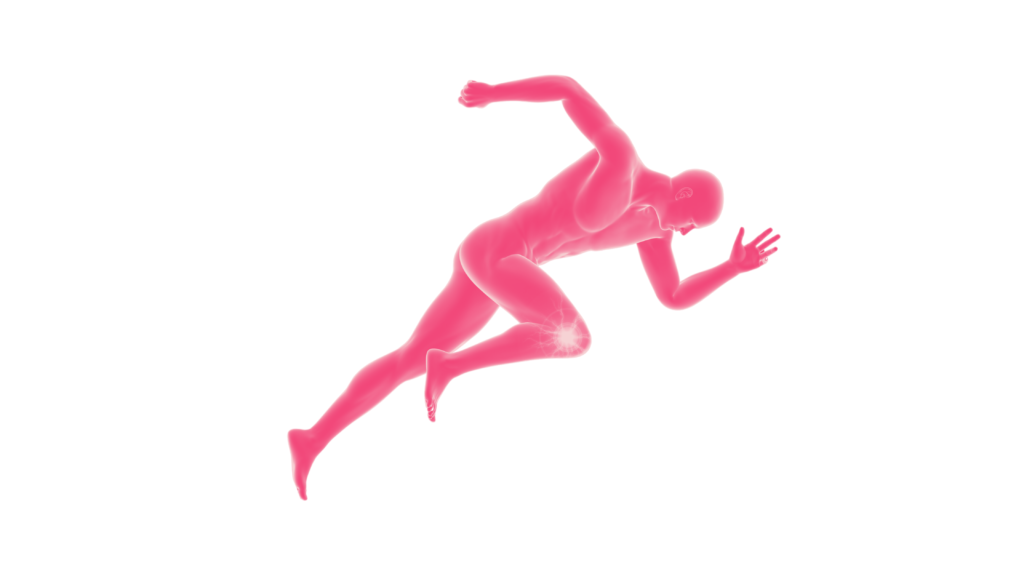
Term: Regenerative Inflammation
Regenerative inflammation is a controlled, beneficial inflammatory response that occurs during tissue regeneration and repair.
It helps promote healing and tissue renewal by activating specific immune cells and signalling pathways while minimising damage to the surrounding area.
Whole food compounds and healing or inflammation-supportive diets may also substantially facilitate better and more efficient healing processes.
3. Moderate Or Vigorous Physical Exercise
According to (O’Keefe, Torres-Acosta, O’Keefe, & Lavie, 2020), “Current studies suggest that 2.5 to 5 hours/week of moderate or vigorous physical activity will confer maximal benefits.”
For example, 2.5 hours a week may translate to intermittent days of purposeful exercise.
However, the amount, type, and length of exercise will be based on individual suitability, health status, and alignment of personal goals. Therefore, this will differ for everyone and may change as time passes.
Considerations: Extreme Effects of Running
Finally, on the other hand, excessive endurance exercise can also have counterproductive effects. For example, in some observations (according to available data), excessive training may make ultra-endurance athletes susceptible to cardiac overuse or heart imbalances.
Athletes Heart
Athlete’s heart, also known as athletic heart syndrome, refers to the changes in the heart that occur in response to intense physical training. It involves adaptive changes like increased heart size and lower resting heart rate due to regular and vigorous exercise. These changes are considered a response to athletic training and are not usually associated with adverse health effects (under professional athletic capacity and conditions).
High Wear & Tear
These individuals can experience higher wear and tear due to sustained and frequent high-level use outside the efficient zone. This differs from “pushing progressive transitional limits” of the body’s capacity for a healthy adult who exercises frequently with a methodical regime.
Therefore, for a non-athlete but frequent exerciser, applying a holistic approach to these exercises can significantly enhance their effectiveness and ultimate purpose.
Methodical Diet & Natural Food Matrices
Lastly, to optimise the running experience, a well-rounded and systematic diet rich in natural bioactive compounds and basic macros such as proteins, carbs, and fibres supports integral and overall visceral development.
A therapeutic diet also helps support the body’s repair process and helps the body rejuvenate properly.
Summary
Running and endurance exercises have long been associated with promoting vitality and better aging effects. Reputable sources recognize that even running for 5-15 minutes a day at slow speeds can help maintain overall well-being.
Studies also demonstrate the potential anti-aging benefits of exercise on cellular and tissue aging. A holistic approach to running is essential, considering the impact of excessive endurance exercise, the importance of therapeutic nutrition, and the personalized hydration requirements of runners.
It’s important to distinguish between athletes and non-athletes when assessing body composition and hydration needs. Running involves various forms of energy, including potential, kinetic, thermal, and chemical energy, showcasing its holistic nature.
Moreover, running engages complete upper and lower body coordination, making it a high-impact, full-body exercise that can be personalized based on individual levels.
Furthermore, exercise has been shown to impact cellular senescence positively and have rejuvenating effects on ageing skeletal muscle.
Precautions & Suitability
Precautions and personal responsibility are paramount. If something is suitable or not, make an informed choice and seek the advice of a professional. The suitability of endurance exercise is dependent on individual health status.
This is an informational post only and does not constitute as professional advice.
Bibliography
- Lee DC, Pate RR, Lavie CJ, Sui X, Church TS, Blair SN. Leisure-time running reduces all-cause and cardiovascular mortality risk. J Am Coll Cardiol. 2014 Aug 5;64(5):472-81. doi: 10.1016/j.jacc.2014.04.058. Erratum in: J Am Coll Cardiol. 2014 Oct 7;64(14):1537. PMID: 25082581; PMCID: PMC4131752.
- O’Keefe EL, Torres-Acosta N, O’Keefe JH, Lavie CJ. Training for Longevity: The Reverse J-Curve for Exercise. Mo Med. 2020 Jul-Aug;117(4):355-361. PMID: 32848273; PMCID: PMC7431070.
- Cheuvront, Samuel N, and Robert W Kenefick. “Personalized Hydration Requirements of Runners.” International journal of sport nutrition and exercise metabolism vol. 32,4 233-237. 26 Mar. 2022, doi:10.1123/ijsnem.2022-0001
- Campa F, Coratella G. Athlete or Non-athlete? This Is the Question in Body Composition. Front Physiol. 2021 Dec 17;12:814572. doi: 10.3389/fphys.2021.814572. PMID: 34975550; PMCID: PMC8718693.
- Carapeto PV, Aguayo-Mazzucato C. Effects of exercise on cellular and tissue aging. Aging (Albany NY). 2021 May 13;13(10):14522-14543. doi: 10.18632/aging.203051. Epub 2021 May 13. PMID: 34001677; PMCID: PMC8202894.
- Radak Z, Suzuki K, Posa A, Petrovszky Z, Koltai E, Boldogh I. The systemic role of SIRT1 in exercise mediated adaptation. Redox Biol. 2020 Aug;35:101467. doi: 10.1016/j.redox.2020.101467. Epub 2020 Feb 14. PMID: 32086007; PMCID: PMC7284913.
- Armstrong LE. Rehydration during Endurance Exercise: Challenges, Research, Options, Methods. Nutrients. 2021 Mar 9;13(3):887. doi: 10.3390/nu13030887. PMID: 33803421; PMCID: PMC8001428.
- Judge LW, Bellar DM, Popp JK, Craig BW, Schoeff MA, Hoover DL, Fox B, Kistler BM, Al-Nawaiseh AM. Hydration to Maximize Performance and Recovery: Knowledge, Attitudes, and Behaviors Among Collegiate Track and Field Throwers. J Hum Kinet. 2021 Jul 28;79:111-122. doi: 10.2478/hukin-2021-0065. PMID: 34400991; PMCID: PMC8336541.
- Clemente-Suárez VJ, Bustamante-Sanchez Á, Mielgo-Ayuso J, Martínez-Guardado I, Martín-Rodríguez A, Tornero-Aguilera JF. Antioxidants and Sports Performance. Nutrients. 2023 May 18;15(10):2371. doi: 10.3390/nu15102371. PMID: 37242253; PMCID: PMC10220679.
- Pizzorno J. Glutathione! Integr Med (Encinitas). 2014 Feb;13(1):8-12. PMID: 26770075; PMCID: PMC4684116.


